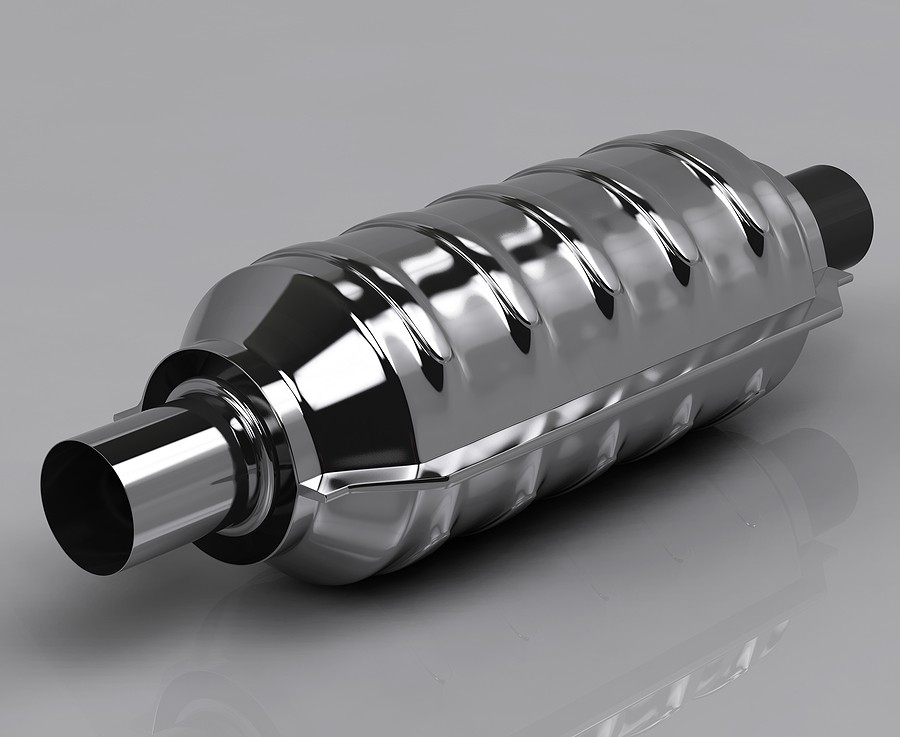The catalytic converter is a component of your car responsible for converting harmful fumes and gases into, well, not-so-harmful things. Unfortunately, these converters collect dirt over time and require cleaning.
Did you know that your car has a hidden health hazard lurking inside it? That's right, your car's catalytic converter may be in serious need of a good cleaning. Read on to learn all you need to know about catalytic converter cleaning and how to keep your car running smoothly.
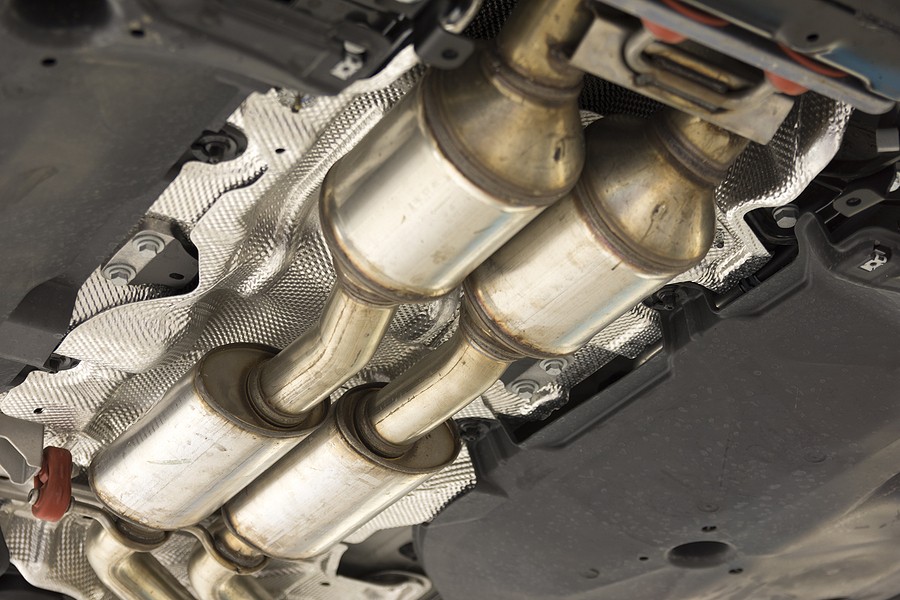
What is a catalytic converter, and what does it do?
A catalytic converter is an impressive machine that makes up part of your car's exhaust system. Catalytic converters are made of metals, ranging from platinum to palladium and rhodium, embedded within ceramic honeycomb structures.
Catalysts work by speeding up the chemical reaction between oxygen and fuel without being consumed in the process. Catalytic converters do their best to cause no chemical change in the gases they encounter while significantly speeding up this chemical conversion.
The exhaust from your car's engine is composed of various gases and toxins, such as carbon monoxide, nitrous oxide, hydrocarbons, and even lead. Catalytic converters break these harmful gases into less harmful substances such as carbon dioxide and water vapor, closing this chapter on toxins.
What happens when your catalytic converter gets clogged?
Over time, the honeycomb metal structure of a catalytic converter can become coated with debris, and other particles sucked in by the engine. Catalytic converters are designed to last the lifetime of your car, but if this debris is not removed, it can build up and limit the effectiveness of the converter.
The effects are simple: more harmful gases will make their way out of your exhaust system, which means more pollution for everyone else. Additionally, these extra toxins put the health of you, your passengers, and even the occupants of other vehicles in danger.
When is it the time for catalytic converter cleaning?
Since there are no warning lights on your car's dashboard that point out potential problems with your catalytic converter, it is up to you to make sure that this component stays in good working order. Catalytic converter cleaning is an easy process that you can do yourself in just a few steps!
However, if your catalytic converter has gone too long without proper maintenance, it will be more difficult to remove the debris and restore your car's operation.
We recommend having your vehicle checked for clogged catalytic converters every 12,000 to 15,000 miles. Catalytic converter cleaning will ensure that your car's exhaust system stays in top working order and reduces harmful emissions.
Why is it important to clean your catalytic converter regularly?
If your catalytic converter is clogged and operating at reduced levels, this causes higher levels of air pollution.
Since a catalytic converter is required in most industrialized countries, cars without clean converters (including yours) must use additional fuel as they produce more exhaust than necessary. This wastes gas and can damage or even destroy the catalytic converter. In addition, catalytic converters are very sensitive and require special care to ensure they last as long as possible.
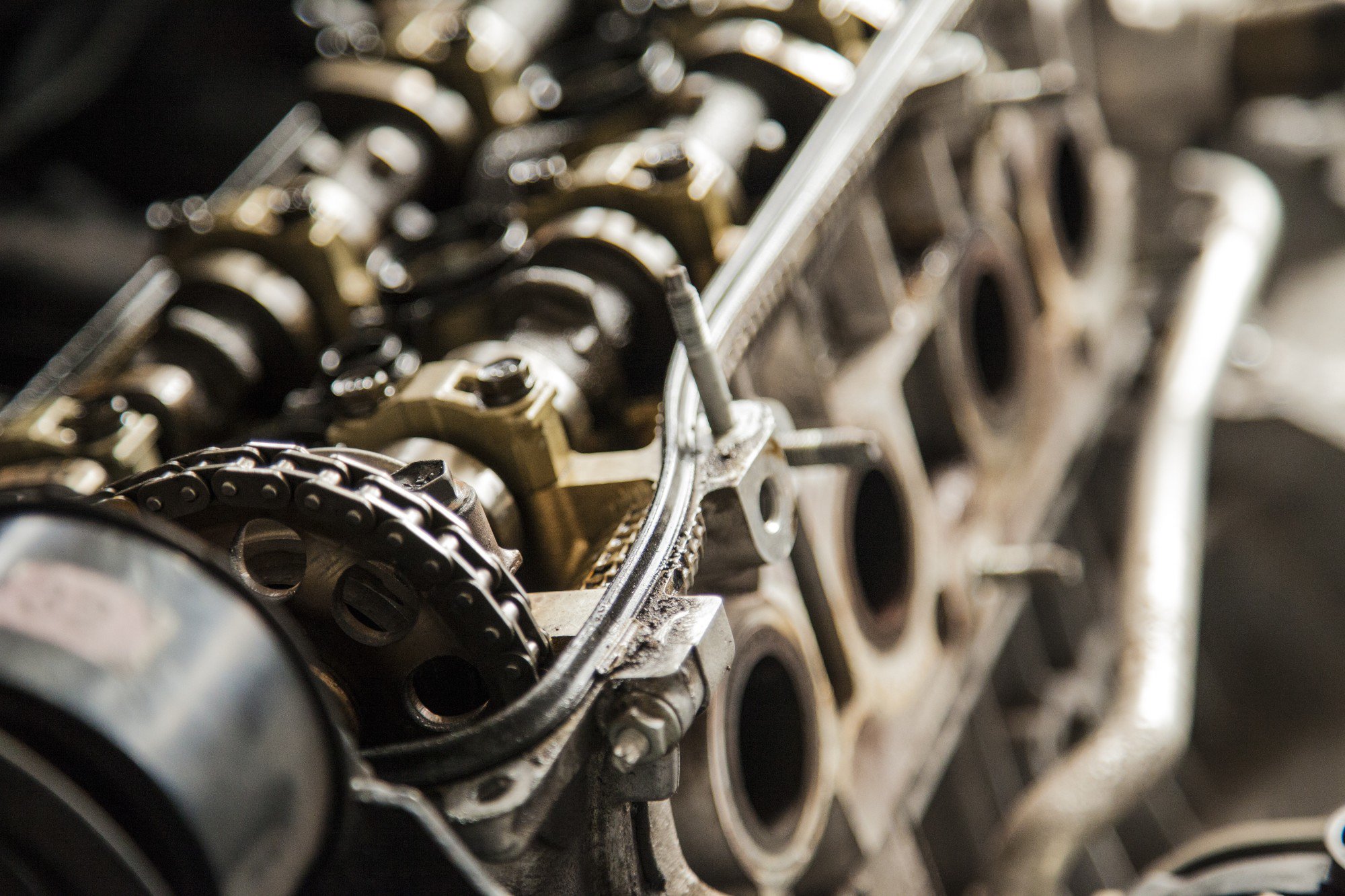
Is Catalytic Converter cleaning something I can do myself?
Yes! Catalytic converter cleaning is a simple process that can be done in your garage or driveway. First, remove the oxygen sensor from your catalytic converter and clean it with a wire brush, compressed air, or special wipes.
For cleaning supplies, Catalytic Converter Cleaning Wipes are quick and easy to use, but compressed air or a wire brush will work just as well.
Catalytic Converter Cleaning: a step by step process
If you're ready to clean your Catalytic Converter yourself, follow these simple steps to get started!
1. Locate the Catalytic Converter
Your Catalytic Converter is a metal cylinder located near your engine on the underside of your car's exhaust system. Catalytic converters are usually silver in color and have two tubes leading from them. The oxygen sensor you need to clean should be attached to one of these tubes.
2. Remove Catalytic Converter Wires
Before removing the Catalytic Converter, disconnect the battery cables, which will prevent any unnecessary electrical damage while working under your car!
3 . Disconnect Catalytic Converter
Unscrew both clamps that hold the Catalytic Converter in place, then carefully lift it away from its mounting location underneath the vehicle. Since Catalytic Converters can weigh up to 30 lbs, be sure to have an assistant on hand to help you.
4 . Clean Catalytic Converter Surface
Using compressed air, Catalytic Converter Cleaning Wipes, or a wire brush, thoroughly clean the Catalytic Converter's exterior surface. Catalytic converter cleaning wipes are quick and easy to use!
Even if your Catalytic Converter seems clean already, it is still necessary to undergo this process because contaminants may accumulate in hard-to-reach places.
5 . Clean Catalytic Converter Tube
Use Catalytic Converter Cleaning Wipes, compressed air, or a stiff-bristled brush (do not use a wire brush) to remove debris from the oxygen sensor tube connected to Catalytic Converter.
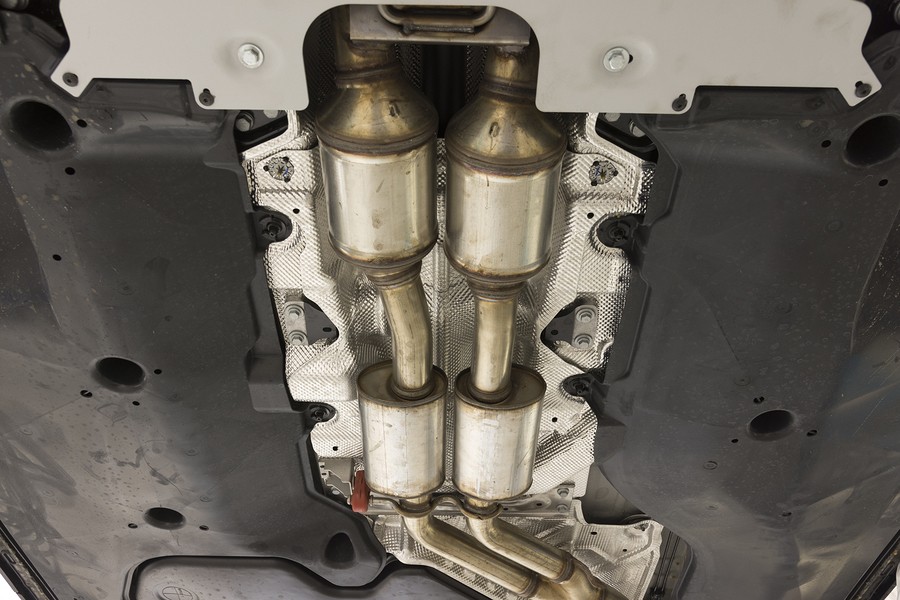
6 . Clean Catalytic Converter exterior again
Ensure that the Catalytic Converter is completely free of dirt, grime, or other contaminants before replacing it in its original location. Also, double-check all wire connections for tightness to ensure Catalytic Converter replacement goes smoothly.
7 . Replace Catalytic Converter
Carefully replace the Catalytic Converter by screwing in clamps and reconnecting battery cables in reverse order from step two. When you are finished with Catalytic Converter cleaning, your car will be ready to start up without having to worry about extra engine strain!
How often should you have your catalytic converter cleaned, if at all?
To keep your Catalytic Converter running smoothly, have it inspected and recycled every two to five years. Catalytic converter recycling is a good idea because it ensures that the Catalytic Converter is disposed of properly.
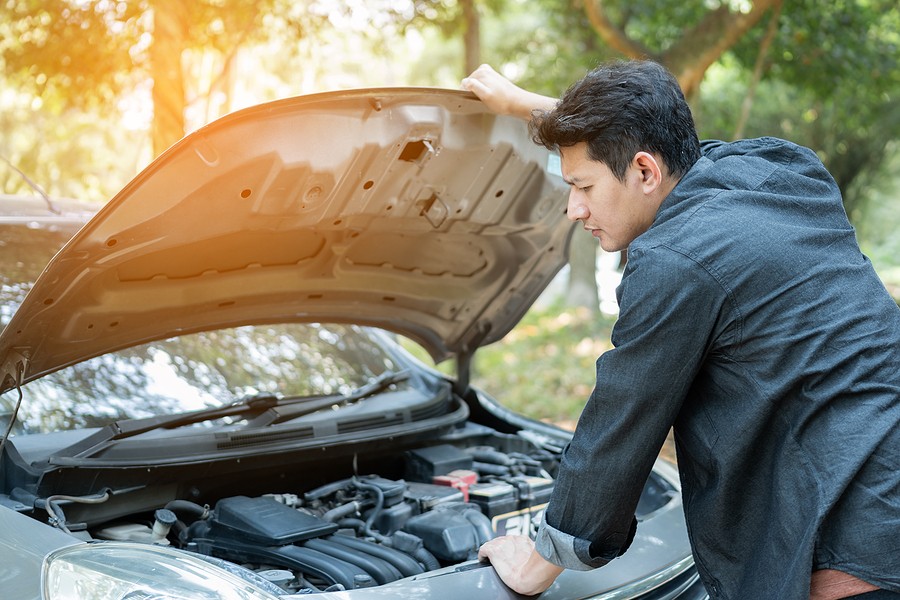
What are the consequences of not cleaning your catalytic converter regularly?
When Catalytic Converters are not cleaned, engine performance is reduced, and the Catalytic Converter itself can be damaged. In addition, your Catalytic Converter will wear out more quickly, which shortens its lifespan .
here are 10 of the negative consequence of ignoring catalytic converter cleaning:
#1: Catalytic Converter Damage
Catalytic converters are a necessary part of a car's exhaust system. Catalytic converters turn harmful gases into harmless ones by using a catalyst. Unfortunately, if Catalytic Converter replacement is required, it can be expensive to fix!
#2: Catalytic Converter Efficiency Loss
Catalytic converters work hard to reduce harmful emissions that come out of your car's exhaust system—the less efficient the Catalytic Converter, the lower your car's performance. Catalytic converters are responsible for converting toxic chemicals like carbon monoxide (CO) and hydrocarbons (HC) into carbon dioxide (CO2) and water vapor (H20).
#3: Poor Fuel Efficiency
The Catalytic Converter also plays an important role in fuel efficiency. A dirty Catalytic converter will make your engine work harder than it should, which will drain your car's battery.
Catalytic converters are usually located towards the front of a vehicle under the engine. Catalytic converters have elements that have to be heated up for Catalytic Converter replacement to occur, so avoid Catalytic Converter cleaning during cold weather!
#4: High Emissions Levels
Even though Catalytic Converters reduce carbon emissions, dirty Catalytic converter elements can cause high CO and HC levels, leading to smog production. As a result, dirty Catalytic converter elements can occasionally produce enough greenhouse gas emissions to increase air pollution levels!
#5: Catalytic Converter Warranty Issues
Replacing or servicing your Catalytic Converter may void your Catalytic Converter warranty. Catalytic converters are responsible for reducing harmful exhaust gases coming out of the engine's combustion process.
Catalytic elements are ceramic honeycomb materials that convert toxic chemicals into less damaging ones. Catalytic Converters help control air pollution in busy metropolitan areas!

#6: Catalytic Converter Replacement Costs
Replacing or servicing a Catalytic converter is expensive! Replacing a Catalytic converter will cost at least $500, depending on the make and model of the car! If you have to replace your Catalytic converter, several options are for recycling it. Your Catalytic converter may also have to be replaced if it fails its bi-annual emissions test.
#7: Catalytic Converter Failures
Your Catalytic converter can fail if it becomes too dirty. Catalytic converters make your engine system more efficient by converting toxic gases like carbon monoxide (CO) and hydrocarbons (HC) into less harmful ones like carbon dioxide ( CO2 ) and water vapor (H20).
Catalytic converters help reduce the amount of smog that forms in busy metropolitan areas! If Catalytic converter replacement is needed, you will be responsible for paying the costs associated with Catalytic Converter failure. Car owners should regularly inspect their Catalytic Converter to avoid Catalytic converter damage or failures.
#8: Higher Fuel Costs
If Catalytic converter replacement is needed, your Catalytic converter will have to be replaced. Catalytic converters help reduce the amount of smog that forms in busy metropolitan areas! However, replacing Catalytic converter elements can get expensive. If Catalytic converters become dirty or clogged, they cannot do their job efficiently, and it will put added stress on the rest of the emission system.
Catalytic converters are part of a complex emission control system that makes modern cars much cleaner than older ones. In addition, catalytic Converter cleaning can prove to be more cost-efficient in some cases!
#9: Misfiring Issues
Many people think a misfiring engine is an issue with spark plugs, but another important part can contribute to misfiring.
Catalytic converters are responsible for reducing harmful gases like carbon monoxide (CO) and hydrocarbons (HC) into less harmful ones like carbon dioxide (CO2) and water vapor (H20). However, the misfiring Catalytic Converter causes the engine to work too hard, which will result in a loss of power.
#10: Stricter Emissions Tests
Most states require Catalytic converter testing every two years. Catalytic converters are required by law to have checkups twice a year. Catalytic converters are there for your safety! Catalytic converters help reduce air pollution levels! If you fail your Catalytic converter inspection, your Catalytic converter will have to be replaced.

How much does it cost to have a professional cleaner clean your car's catalytic converter?
At Catalytic Converter Cleaning Service, the cost of Catalytic converter cleaning services vary from vehicle to vehicle. In general, expect to pay between $200 and $500 for catalytic cleaning services.
When catalytic converter cleaning does not work, should I replace the catalytic converter?
While the catalytic converter cleaning process is very effective, Catalytic converter replacement is necessary in some cases. Unfortunately, catalytic converters are very expensive to replace, and car owners should consider all their options before moving to Catalytic Converter Replacement.
Here are some of the ten signs indicating you need to replace the catalytic converter:
#1: Catalytic converter fail a state emissions inspection
Catalytic converter replacement could be necessary whenever your vehicle doesn't pass the emission test. However, catalytic converters are expensive replacement parts, and car owners should consider all options before replacing a Catalytic converter.
#2: Uncontrollable stalling
If your vehicle is experiencing engine system problems like Catalytic converter replacement, misfiring, Misfire Diagnosis, or Catalytic converter Replacement, it has most likely Catalytic converter failure. Catalytic converters help reduce air pollution levels! Catalytic converters that are too dirty can contribute to Catalytic converter replacement.
#3: Engine overheating
If your engine is overheating, your Catalytic converter could be clogged. Catalytic converters that are too dirty can contribute to Catalytic converter replacement. Catalytic converters help reduce air pollution levels! Catalytic converters that are too dirty can contribute to Catalytic converter replacement.
#4: Engine noises
If your engine makes weird noises, your Catalytic converter could be clogged. Catalytic converters help reduce air pollution levels! Catalytic converters that are too dirty can contribute to Catalytic converter replacement.
#5: Bad fuel economy
Bad fuel economy usually means Catalytic converter failure. Catalytic converters help reduce air pollution levels! Catalytic converters that are too dirty can contribute to Catalytic converter replacement.
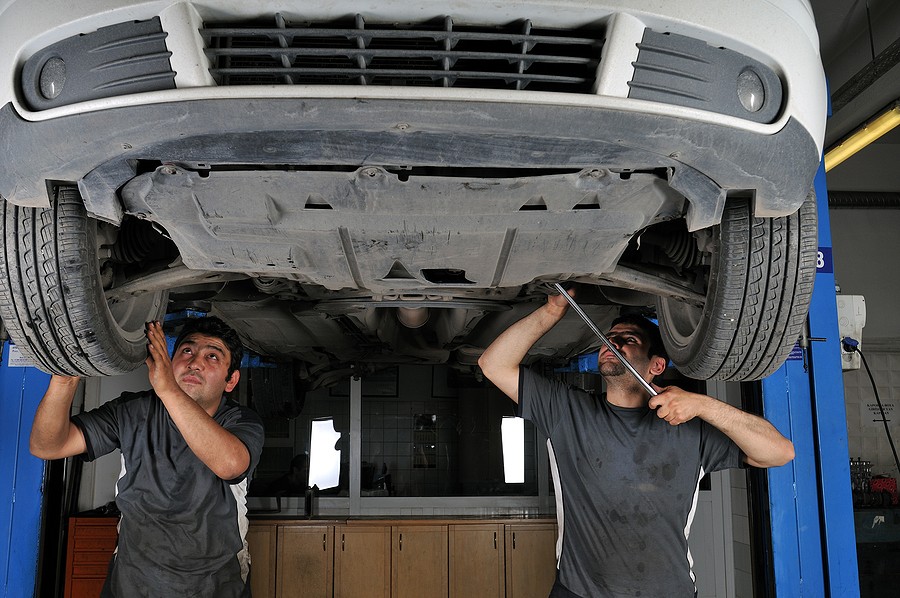
#6: Unusual smells
If your vehicle emits weird smells, it could be a Catalytic converter failure. Catalytic converters help reduce air pollution levels! Catalytic converters that are too dirty can contribute to Catalytic converter replacement.
#7: Loss acceleration
If your vehicle doesn't accelerate, Catalytic converter failure. Catalytic converters help reduce air pollution levels! However, catalytic converters that are too dirty can contribute to Catalytic converter replacement.
#8: Engine sputtering
If your Catalytic converter is clogged, Catalytic converters help reduce air pollution levels! Catalytic converters that are too dirty can contribute to Catalytic converter replacement.
#9: Check engine light comes on
The check engine light may indicate Catalytic converter failure. Catalytic converters help reduce air pollution levels! However, catalytic converters that are too dirty can contribute to Catalytic converter replacement.
#10: Catalytic converter smells bad
If your Catalytic converter emits a strong odor, Catalytic converters help reduce air pollution levels! Catalytic converters that are too dirty can contribute to Catalytic converter replacement. Catalytic converters help reduce air pollution levels! Catalytic converters that are too dirty can contribute to Catalytic converter replacement.

Conclusion
Catalytic converter cleaning is an important part of car maintenance. A clogged catalytic converter can lead to several problems, including decreased fuel efficiency and increased emissions.
In this article, we've outlined the importance of catalytic converter cleaning and provided instructions on doing it yourself.

